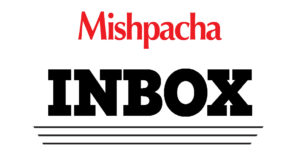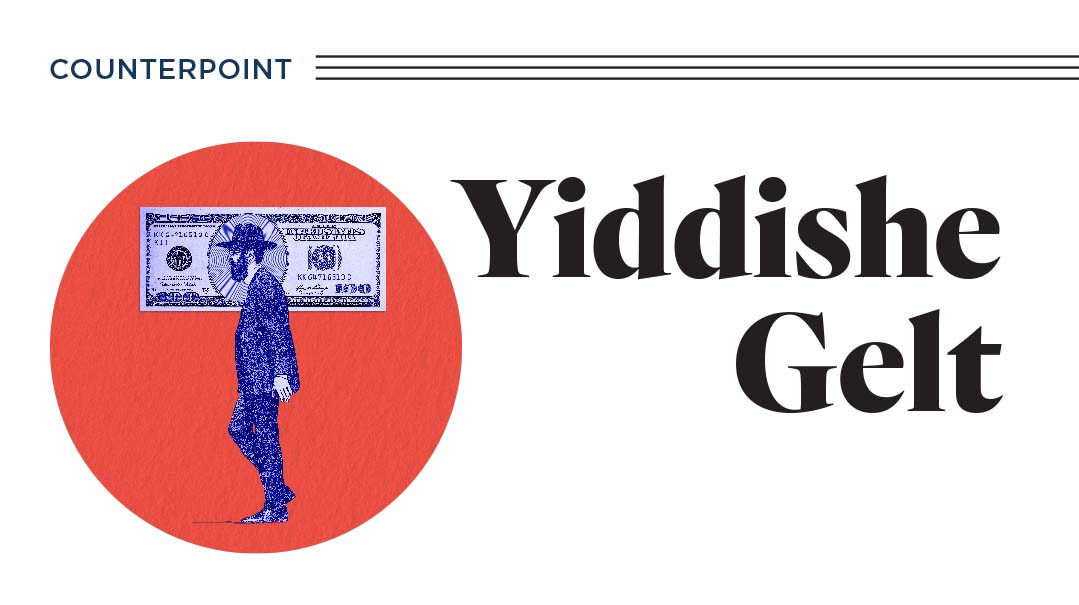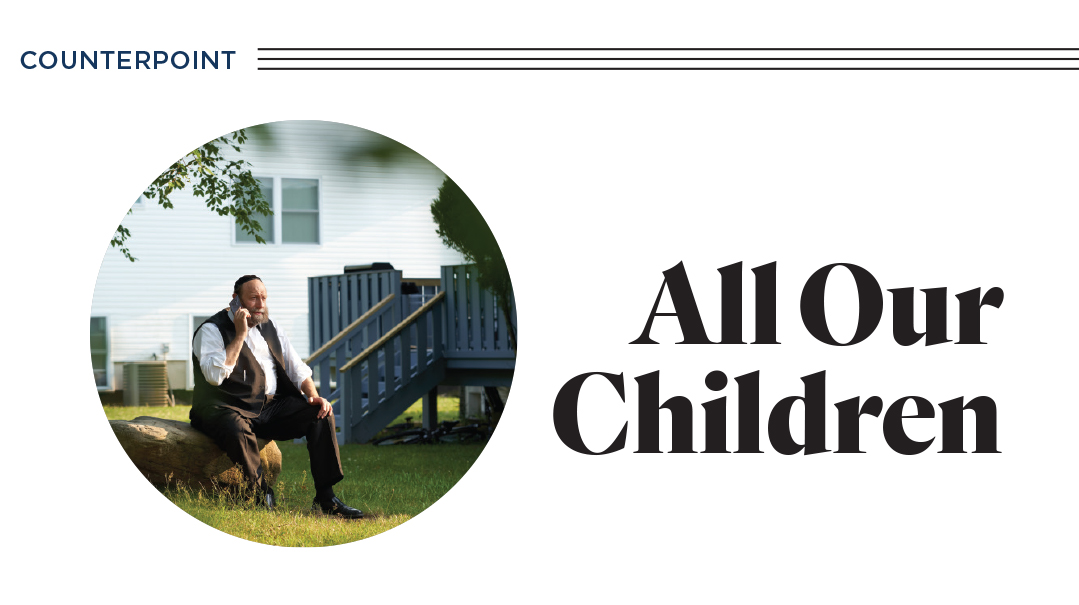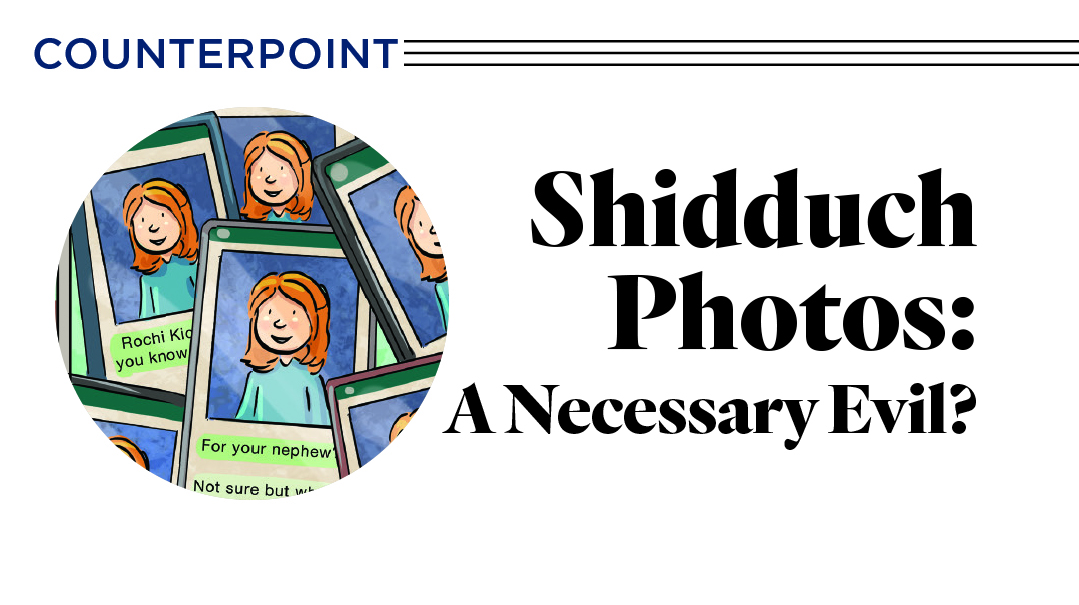All for a Good Cause: The Conversation Continues

They’re Doing It Anyway — David M. Stern
It’s always easy to bash and finger-point when you see a trend that you just don’t relate to. As a member of the younger generation who helps organize the luxury fundraisers that so many older people like to bash, allow me to provide a different perspective.
Many young frum Jews today are struggling. But there is a definite percentage of those who are very comfortable. Some of the younger demographic spends their money the same way their parents or grandparents did. Many of them don’t. They have found different leisure and pleasure activities and new forms of entertainment.
It is these young donors who are usually the target demographic of the new luxury fundraisers. The people who attend these events or parties or cruises would probably be doing these kinds of activities anyway. What the tzedakah organizations have done is to transform the activities into a culture of giving.
If you’re not the type (or can’t afford) to go on a cruise or do a wine-and-cheese tasting with your friends, then you might be tempted to bash the “hedonism” and “over-the-top gashmiyus” of these events. But if you understand that this is part of their lifestyle anyway, and now they are channeling their Olam Hazeh for Olam Haba, maybe instead of bashing you would see some good in it.
Sanctioned by Whom? — Heshy Reicher
I was happily surprised to see the back-and-forth regarding the turn toward upscale and outlandish taken by our fundraising organizations: Even if they have no choice, it’s still unfortunate and doesn’t really represent our values. None of the articulate spokesmen denied that.
Recently, I told a local board member that I could not attend the annual fundraiser, which involved very high-end whiskeys and other such extravagances. He told me that he felt I was wrong. In response, I asked him to put me in contact with whichever talmid chacham or posek had okayed the decisions, and if the rav told me I had to join, then I would happily come.
Needless to say, it never happened.
A Question of Degree — Blimi Grossman
Thank you for prompting us to reevaluate our tzedakah campaigns. I know many people who are disturbed by what they see as extremely materialistic fundraisers, which come across as tone-deaf considering their context. Raise money for hungry families at a luxury steak cookout! Raise money to help replace poor Yidden’s crumbling teeth at a five-course dinner! Raise money to cover cancer treatments while a string quartet entertains you!
At a certain point it does sound ludicrous. But the basic idea of offering some sort of motivation for tzedakah-giving is really not a new one, and at base, it’s not so off-putting. I still remember knocking on doors back when I was in third grade, selling chocolates to raise money for my school before Chanukah. And I remember my Holocaust-survivor grandmother helping organize a ladies’ luncheon — complete with raffles — to raise money for tzedakah.
So it’s not a new thing and it’s probably not a bad thing to pair tzedakah with a material incentive. What’s bothering people is the degree, the style, and the delivery.
But what happens when you take away the incentive? Take any one of those people who attend the wine-tasting or the cigar-rolling events, call them in the middle of the night, and tell them, “I have a kid who’s ready for rehab, but we need a sponsor.” I can almost guarantee you that they will help you without a second thought, without any expectation of publicity, and certainly without any request for a hand-rolled cigar. They might enjoy the experience of a night out with friends along with whatever gashmiyus is being offered, but at heart they give because they are givers.
So as we debate the degree, the style, the type of fundraisers, let’s also remember that we’re dealing with a holy nation of rachmanim and gomlei chasadim and that the outer trappings are really just external.
Strategic Tactics — Tzvi Rabinowitz
While I, too, raise my eyebrows at some of the ideas the PR experts come up with for organizations, Rabbi Miller accurately summed up the situation: There are hundreds of organizations, each of which needs to meet a bottom line, and old-school fundraising techniques aren’t sufficient to cover the needs.
But I think it goes one step further than that. Just like there are many more organizations than there used to be, there are tens of thousands more potential donors who need to be reached. Whereas in the past, many organizations relied on large donations from a smaller donor base, today the numbers dictate that a big piece of the pie can be covered by a large amount of smaller donations from “regular people.” As such, the hamon am are primary targets for fundraising initiatives, and have become more important than ever before — and many of them aren’t dinner-going types.
Creative fundraisers aren’t necessarily a reflection of an indulgent society; they are indicative of a society that values tzedakah-giving but appreciates the opportunity to do so via recreational activities that they are looking to do anyway. People are very busy, but everyone is looking for enjoyable downtime. When that can be combined with a worthy cause, it’s win-win all around.
Organizations that tap into this phenomenon are not doing anything wrong; they are employing wise strategic tactics to connect with their target audience, so to speak. Without that, they simply wouldn’t reach a significant portion of their potential donors.
Bottom of the Barrel — Name Withheld
I greatly appreciate Mishpacha’s addressing the topic of the current trend of fundraising events and campaigns. It is critical for the public to understand the difficulties that our cherished mosdos endure, and what they are forced to go through to survive.
Rabbi Miller posits that in order for mosdos to be able to successfully raise money to fund their all-important causes in today’s society, they have no choice but to “keep up with the times” and continue to push the bar on the extravagances and exoticness of their campaigns.
That comment, in itself, is antithetical to Torah-true hashkafah. As frum Yidden, one of our core beliefs is that the ends don’t justify the means. In all of our actions, but even more so when heading a mosad, and representing the Ribbono shel Olam Himself, we have a clear mesorah to which we must adhere. We are surely required to do our utmost hishtadlus, but the ultimate results are in Hashem’s hands.
Rabbi Miller also suggests that all upstanding mosdos closely consult with their rabbinic overseers before embarking on the next over-the-top, out-of-control campaign or (fill in the blank)–athon. While I am sure that this is true in many cases, by the looks of the goings-on at some of these campaigns, it is hard to believe that any authoritative figure was asked at all, or, if he was, that he was given a true understanding of what actually occurs. This does not just refer to the dollar amounts spent (about which Rabbi Miller correctly states, you must spend money to make money), but more about the general culture of lavishness and prikas ol that, as a frum society, we try to protect ourselves and our families from. Many of the public activities undertaken at the “-athons” fall far from the accepted norms of any respectable frum community. Putting a mosad’s name on it somehow gives it a shtempel of acceptance. If an event does actually have the okay from a rav, his name should be part of the advertising to ensure compliance and responsibility.
More directly to this point, Rav Elya Brudny shlita, at a Q&A panel at a recent Torah Umesorah convention, was asked about his thoughts on today’s fundraising events and campaigns. The Rosh Yeshivah was unequivocal in his response that many of them are against our accepted hashkafic standards and have no place in the yeshivah world. He was equally unequivocal that no mosad struggles financially due to refusal to lower its standards and joining the race to the bottom of the barrel of societal trends. If Hashem decrees it to be such, no imagination-stretched campaign will change that.
In general, the perception that these methods are necessary to raise money in these times seems to be a self-fulfilling prophecy. As each month goes by, and the outlandishness of the events increases, the mosdos are just feeding on each other, and themselves, to outdo the last one. It is classic “tail wagging the dog” syndrome. Is it the tzedakah-giving clientele demanding these venues and activities, or are the mosdos complying with their self-perceived need to do so, and, thus pushing the downward spiral ever further?
Rav Samson Raphael Hirsch explained the question of “Kavata itim laTorah?” which we will all be asked at the Beis Din shel Maalah, to mean, “Did you set the times to the Torah or, chas v’shalom, did you adjust the Torah to the times?” While our nisyonos change with each generation, and the yetzer hara shows up in a different form with each new day, our direction from the Torah and our gedolei hador remains the same. (Originally featured in Mishpacha, Issue 719)
Oops! We could not locate your form.











